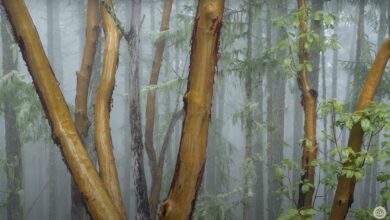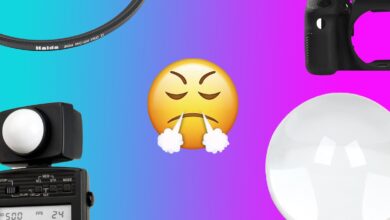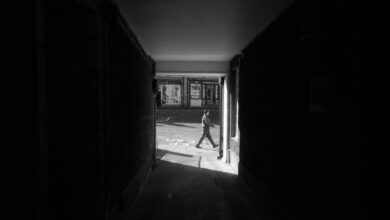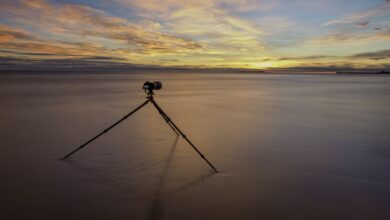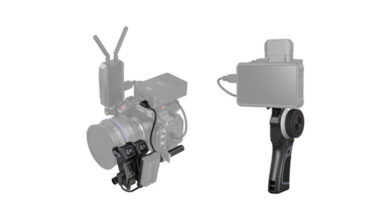2 Mistakes the Best Photographers Never Make
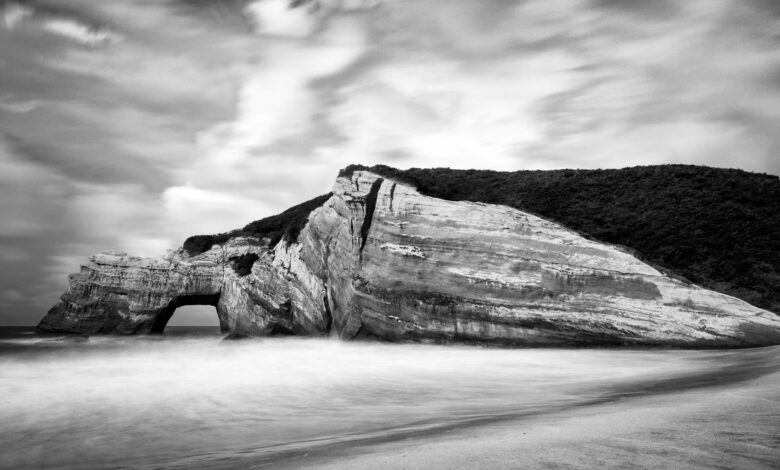
If you want to be the best, you need to refine and perfect your craft. You also need to recognize your errors and eliminate them. Here are two of the most common amateur mistakes that the best photographers never make.
Life would be pretty boring without mistakes. How else would those hilarious meme creators get their content? Life without mistakes would also mean you’ve stagnated and are no longer learning new things. Mistakes are inevitable. That said, quickly identifying mistakes and making efforts to redress those errors is a skill that separates the best from the rest. Here are two common mistakes I see beginner photographers make far too often. The best thing is that they are totally avoidable.
One and Done
It honestly fascinates me to see photographers – in any genre – rock up to somewhere with all their gear, get one shot, then leave. Worse, it’s often the same shot that a thousand other photographers have taken. It fascinates me for two reasons: first, if you’ve made all that effort to get to a place for a photo, why are you in such a rush to leave? To prepare, you have to charge your batteries, clean your lenses, choose your gear, pack your bag, get to your location, and perhaps hike to a specific spot. For what? Wham bam one and done, let’s get outta Dodge?
The second reason it intrigues me so much is that, if you’re shooting outside, conditions change so much over the course of a day. There are so many options when you’re shooting a particular subject. Even if you’re inside in a studio, you can play around with almost endless variations in your lighting setup and subject’s position.
Don’t be a one and done photographer. Take your time, move around, think of different, creative, original possibilities to shoot your subjects. Let me give you an example to demonstrate what I mean about variation of a single subject.

This image above was taken from a recent typhoon swell in the south of Japan. This location is a well-known big wave spot, but most photographers like to stand side-on to this wave so they can see inside the belly of these beasts. This shot, however, was taken from a more front-on angle in which I used a wider lens to pull the scene back to give the viewer more context.

It’s hard to believe, but the shot above was taken on the same day as the first image. The difference is twofold: first, this was taken about five hours later, in the afternoon, so the light and the colors are vastly different. Second, I used a longer telephoto zoom lens to really get in close to the surfer so the viewer can almost feel the power of the wave and the exhilaration of the surfer.

Finally, this is a completely different perspective, yet it’s the same location and same wave. To get the image above, I used a drone, but this time the focus was not on the surfers or the wave, it was on a festival that was happening at the time. But in the top portion of the image, you can see the wave breaking along the reef. The position of the drone gives the viewer an entirely different experience and lets them see the landscape around the location as well as the dangers of the shallow reef formations, not to mention the interesting party going on in the foreground.
From these three images, you get a unique story in all of them and a much better understanding of the wave, the location, and its nuances. That’s because I took the images from three distinct locations with three different lenses.
Next time you’re out shooting, spend some time looking around for original shots of a location that might have been shot a thousand times before.
I’m Not Interested In That
The other big mistake I see from beginner photographers (and experienced photographers if I’m honest) is that they limit themselves in what they do. For example, they might say, “I’m a landscape photographer, so I’m not interested in sports.” Or it might not relate to genres, but gear instead. For instance, they might say, “I only use prime lenses.”
We could use a million hackneyed cliches to support this idea, such as “Jack of all trades, master of none.” But the truth is, if you obstinately refuse to even entertain the idea of trying new things and stepping into territory that you’re not at all familiar with, then you’re only preventing yourself from growing as a photographer and a creative force.
I can use myself as an example in this one. When I first started out, I never shot black and white. Then, after a couple of years, I started to think of black and white as something to use when your colors weren’t so great. A fall-back option when nature didn’t co-operate in giving you the light or conditions you were hoping for. How horribly naive.
As I grew as photographer and began to meet more people in the industry, I became friends with a number of photographers in different genres who specialized in using black and white. Their knowledge and expertise in illustrating the reasoning behind black and white photography was jaw-dropping. I was genuinely embarrassed by how clueless I’d been about black and white photography until that point.
They taught me about the importance of things like contrast, texture, shapes, patterns, lines, and shadows. Now, when I go out shooting, I can immediately identify what will make a good black and white photo and I don’t use it as some kind of safety net back-up option.

Once I’d learned what to look for in black and white photography, I was able to apply it to my bread and butter, landscape photography. In the image above, you can see example of all the elements I discussed earlier: contrast, lines, shapes, texture, and patterns. If I’d never opened my ears and allowed myself to drop the ego and listen to others, I’d never have progressed as a photographer.
For you, it might not necessarily mean trying out black and white photography. It could mean shooting flowers with a macro lens or doing portraits using natural light. It doesn’t matter, the main thing is that you always open yourself to learning new things and never limit yourself. Doing so will only hold your progression and your skill-set back.
Summing Up
Mistakes are part of life. However, knowing what you’re doing wrong is very powerful because that’s the only way you can eliminate your mistakes. First identify, then fix. Two of the biggest amateur mistakes I see photographers make is rushing away from a location as soon as they’ve got a single shot, and restricting themselves to certain genres or certain tools. Be more open to discovering new things and you’ll become a much better photographer.
